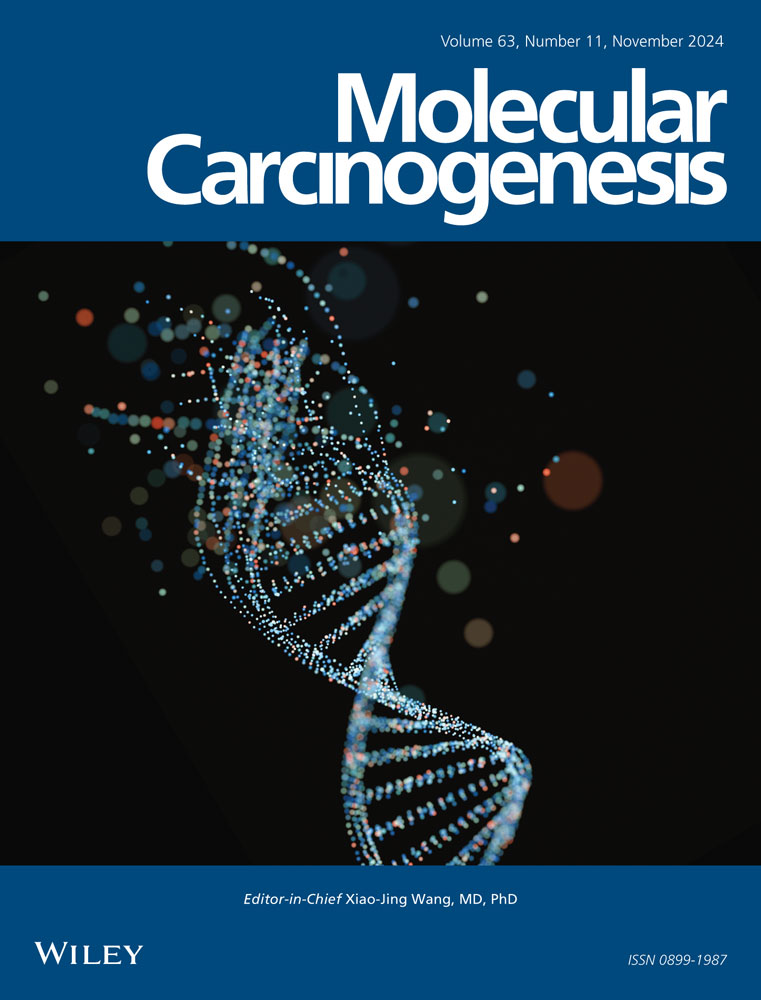Synergistic rescue of temperature-sensitive p53 mutants by hypothermia and arsenic trioxide
Junhao Lu and Lihong Chen contributed equally to this study.
Abstract
The p53 tumor suppressor is inactivated by mutations in about 50% of tumors. Rescuing the transcriptional function of mutant p53 has potential therapeutic benefits. Approximately 15% of p53 mutants are temperature sensitive (TS) and regain maximal activity at 32°C. Proof of concept study showed that induction of 32°C hypothermia in mice restored TS mutant p53 activity and inhibited tumor growth. However, 32°C is the lower limit of therapeutic hypothermia procedures for humans. Higher temperatures are preferable but result in suboptimal TS p53 activation. Recently, arsenic trioxide (ATO) was shown to rescue the conformation of p53 structural mutants by stabilizing the DNA binding domain. We examined the responses of 17 frequently observed p53 TS mutants to functional rescue by temperature shift and ATO. The results showed that ATO only rescued mild p53 TS mutants with high basal activity at 37°C. Mild TS mutants showed a common feature of regaining significant activity at the semi-permissive temperature of 35°C and could be further stimulated by ATO at 35°C. TS p53 rescue by ATO was antagonized by the cellular redox mechanism and was rapidly reversible. Inhibition of glutathione (GSH) biosynthesis enhanced ATO rescue efficiency and sustained p53 activity after ATO washout. The results suggest that mild TS p53 mutants are uniquely responsive to functional rescue by ATO due to small thermostability deficits and inherent potential to regain active conformation. Combining mild hypothermia and ATO may provide an effective and safe procedure for targeting tumors with p53 TS mutations.
CONFLICT OF INTEREST STATEMENT
The authors declare no conflict of interest.
Open Research
DATA AVAILABILITY STATEMENT
The data that support the findings of this study are available from the corresponding author upon reasonable request.




